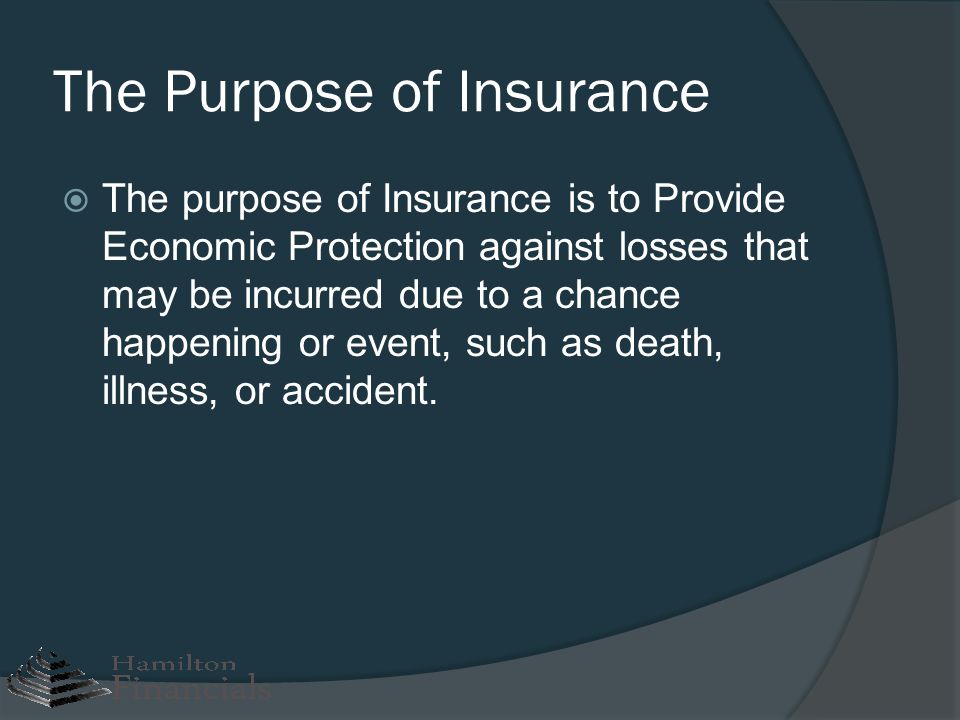The Buzz on Pacific Prime
The Buzz on Pacific Prime
Blog Article
9 Simple Techniques For Pacific Prime
Table of ContentsPacific Prime for DummiesThe 20-Second Trick For Pacific PrimePacific Prime Can Be Fun For AnyoneThe Best Strategy To Use For Pacific Prime3 Easy Facts About Pacific Prime Explained

This is because the information were gathered for a duration of strong financial performance. Of the estimated 42 million people that were uninsured, all yet concerning 420,000 (regarding 1 percent) were under 65 years of age, the age at which most Americans come to be eligible for Medicare; 32 million were adults in between ages 18 and 65, around 19 percent of all grownups in this age group; and 10 million were youngsters under 18 years old, about 13.9 percent of all kids (Mills, 2000).
These estimates of the number of individuals without insurance are produced from the annual March Supplement to the Present Population Study (CPS), carried out by the Demographics Bureau. Unless otherwise noted, national quotes of individuals without health insurance coverage and percentages of the populace with different type of insurance coverage are based on the CPS, the most extensively used source of estimates of insurance protection and uninsurance rates.
More About Pacific Prime

Still, the CPS is especially useful due to the fact that it generates annual quotes relatively rapidly, reporting the previous year's insurance protection approximates each September, and due to the fact that it is the basis for a consistent collection of quotes for more than 20 years, permitting analysis of trends in coverage with time. For these factors, along with the substantial use of the CPS in other researches of insurance policy coverage that exist in this record, we depend on CPS price quotes, with constraints noted.

The quote of the variety of uninsured individuals expands when a populace's insurance coverage status is tracked for numerous years. Over a three-year duration starting early in 1993, 72 million people, 29 percent of the U.S. https://penzu.com/p/79996ae8dade0171. populace, lacked insurance coverage for a minimum of one month. Within a solitary year (1994 ), 53 million individuals experienced at least a month without insurance coverage (Bennefield, 1998a)
Six out of every ten without insurance adults are themselves used. Although functioning does enhance the possibility that and one's member of the family will certainly have insurance coverage, it is not an assurance. Also members of family members with two permanent wage earners have almost a one-in-ten opportunity of being uninsured (9.1 percent without insurance rate) (Hoffman and Pohl, 2000).
The smart Trick of Pacific Prime That Nobody is Talking About
New immigrants account for a substantial percentage of individuals without medical insurance. One evaluation has actually associated a substantial portion of the current development in the dimension of the united state uninsured populace to immigrants that arrived in the country between 1994 and 1998 (Camarota and Edwards, 2000). Recent immigrants (those that came to the United States within the past four years) do have a high rate of being uninsured (46 percent), yet they and their kids account for just 6 percent of those without insurance country wide (Holahan et al., 2001).
The relationship in between medical insurance and accessibility to care is well developed, as recorded later on in this phase. Although the relationship between medical insurance and health outcomes is neither straight neither straightforward, a considerable clinical and health and wellness services study literary works web links medical insurance protection to enhanced accessibility to care, much better quality, and enhanced personal and population health his explanation status.
Degrees of analysis for analyzing the effects of uninsurance. This discussion of wellness insurance protection concentrates mostly on the united state population under age 65 due to the fact that essentially all Americans 65 and older have Medicare or other public coverage. In addition, it focuses specifically on those without any kind of health and wellness insurance policy for any kind of length of time.
Our Pacific Prime Statements
The issues dealt with by the underinsured remain in some areas similar to those encountered by the without insurance, although they are generally less severe. global health insurance. Uninsurance and underinsurance, however, involve distinctly various plan issues, and the techniques for addressing them may vary. Throughout this research and the 5 records to comply with, the primary focus gets on persons with no health insurance and hence no aid in spending for wellness treatment beyond what is available via charity and safeguard establishments
Wellness insurance coverage is a powerful variable influencing receipt of care due to the fact that both individuals and physicians reply to the out-of-pocket rate of services - https://worldcosplay.net/member/1746405. Health insurance policy, nonetheless, is neither needed nor enough to access to clinical services. Nevertheless, the independent and direct impact of wellness insurance policy coverage on accessibility to health services is well developed.
Others will certainly obtain the healthcare they need also without health and wellness insurance, by spending for it out of pocket or seeking it from providers who offer care cost-free or at very subsidized rates. For still others, medical insurance alone does not guarantee invoice of care as a result of various other nonfinancial barriers, such as a lack of wellness care providers in their neighborhood, limited accessibility to transportation, illiteracy, or linguistic and social distinctions.
Pacific Prime Fundamentals Explained
Official research study concerning without insurance populations in the United States dates to the late 1920s and early 1930s when the Board on the Expense of Treatment produced a series of reports regarding financing medical professional workplace sees and hospitalizations. This issue ended up being prominent as the numbers of medically indigent climbed up throughout the Great Clinical depression.
Report this page